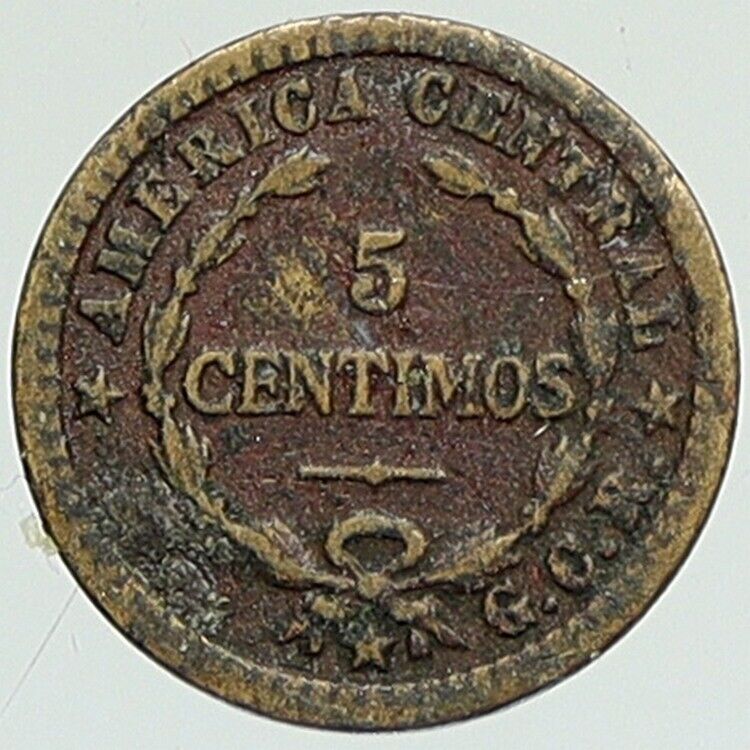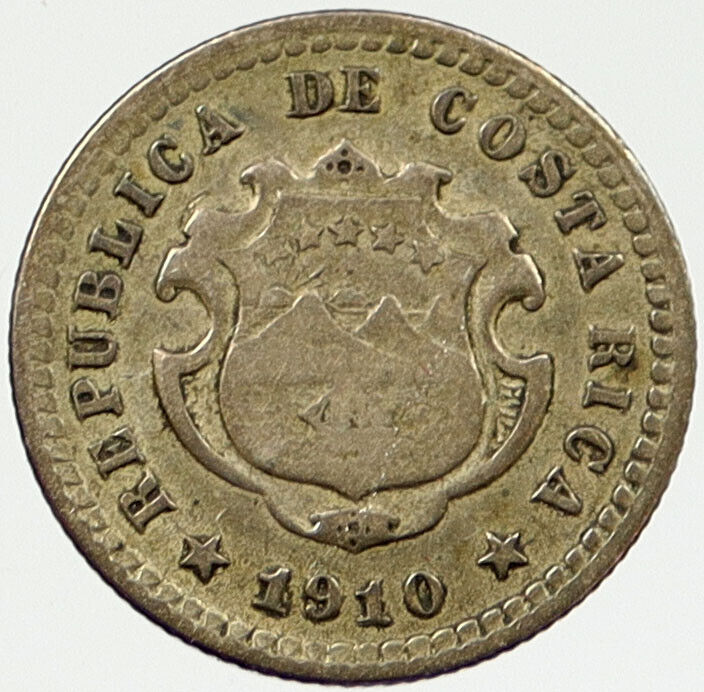|
Costa Rica
International Year of the Child
1979 Silver 100 Colones 42mm (34.97 grams) 0.925 silver (1.0342 oz. ASW)
Reference: KM# 206
REPUBLICA DE COSTA RICA B.C. CIEN COLONES C.R. around the coat-of-arms of Costa Rica.
AÑO INTERNACIONAL DEL NIÑO 1979 around three birds in nest, date below.
You are bidding on the exact item pictured, provided with a Certificate of Authenticity and Lifetime Guarantee of Authenticity.
UNESCO proclaimed 1979 as the International Year of the Child. The proclamation was signed on January 1, 1979 by United Nations Secretary General Kurt Waldheim. A follow-up to the 1959 Declaration of the Rights of the Child, the proclamation was intended to draw attention to problems that affected children throughout the world, including malnutrition and lack of access to education. Many of these efforts resulted in the Convention on the Rights of the Child in 1989.
Numerous events took place within the UN and in member countries to mark the event, including the Music for UNICEF Concert, held at the UN General Assembly on January 9. WBZ-TV 4 in Boston, Massachusetts, along with the four other Group W stations, hosted and broadcast a celebratory festival, “Kidsfair” (usually held around Labor Day ever since) from Boston Common. A film festival showcasing international cartoon and film shorts focusing on children was held at the United Nations building in New York City on December 1, 1979. Canadian animator/director Eugene Fedorenko created a film for the National Film Board of Canada, called “Every Child”, which centered on a nameless baby who nobody wants because they’re too busy with their own concerns. This was used to explain the importance of how every child is entitled to a home. Sound effects were created with the voices of Les Mimes Electriques.
.svg/250px-Costa_Rica_(orthographic_projection).svg.png)  Costa Rica, officially the Republic of Costa Rica, is a country in Central America, bordered by Nicaragua to the north, Panama to the southeast, the Pacific Ocean to the west, the Caribbean Sea to the east, and Ecuador to the south of Cocos Island. It has a population of around 4.5 million, of whom nearly a quarter live in the metropolitan area of the capital and largest city, San José. Costa Rica, officially the Republic of Costa Rica, is a country in Central America, bordered by Nicaragua to the north, Panama to the southeast, the Pacific Ocean to the west, the Caribbean Sea to the east, and Ecuador to the south of Cocos Island. It has a population of around 4.5 million, of whom nearly a quarter live in the metropolitan area of the capital and largest city, San José.
 Costa Rica was sparsely inhabited by indigenous people before coming under Spanish rule in the 16th century. It remained a peripheral colony of the empire until independence as part of the short-lived First Mexican Empire, followed by membership in the United Provinces of Central America, from which it formally declared sovereignty in 1847. Since then, Costa Rica has remained among the most stable, prosperous, and progressive nations in Latin America. Following a brief but bloody civil war, it permanently abolished its army in 1949, becoming the first of only a few sovereign nations without a standing army. Costa Rica was sparsely inhabited by indigenous people before coming under Spanish rule in the 16th century. It remained a peripheral colony of the empire until independence as part of the short-lived First Mexican Empire, followed by membership in the United Provinces of Central America, from which it formally declared sovereignty in 1847. Since then, Costa Rica has remained among the most stable, prosperous, and progressive nations in Latin America. Following a brief but bloody civil war, it permanently abolished its army in 1949, becoming the first of only a few sovereign nations without a standing army.
Costa Rica has consistently performed favorably in the Human Development Index (HDI), placing 69th in the world as of 2015, among the highest of any Latin American nation. It has also been cited by the United Nations Development Programme (UNDP) as having attained much higher human development than other countries at the same income levels, with a better record on human development and inequality than the median of the region. Its rapidly developing economy, once heavily dependent on agriculture, has diversified to include sectors such as finance, pharmaceuticals, and ecotourism.
Costa Rica is known for its progressive environmental policies, being the only country to meet all five criteria established to measure environmental sustainability. It was ranked 42nd in the world, and third in the Americas, in the 2016 Environmental Performance Index, was twice ranked the best performing country in the New Economics Foundation’s (NEF) Happy Planet Index, which measures environmental sustainability, and was identified by the NEF as the greenest country in the world in 2009. Costa Rica officially plans to become a carbon-neutral country by 2021. In 2012, it became the first country in the Americas to ban recreational hunting.
|





.svg/250px-Costa_Rica_(orthographic_projection).svg.png)
 Costa Rica, officially the Republic of Costa Rica, is a country in Central America, bordered by Nicaragua to the north, Panama to the southeast, the Pacific Ocean to the west, the Caribbean Sea to the east, and Ecuador to the south of Cocos Island. It has a population of around 4.5 million, of whom nearly a quarter live in the metropolitan area of the capital and largest city, San José.
Costa Rica, officially the Republic of Costa Rica, is a country in Central America, bordered by Nicaragua to the north, Panama to the southeast, the Pacific Ocean to the west, the Caribbean Sea to the east, and Ecuador to the south of Cocos Island. It has a population of around 4.5 million, of whom nearly a quarter live in the metropolitan area of the capital and largest city, San José. Costa Rica was sparsely inhabited by indigenous people before coming under Spanish rule in the 16th century. It remained a peripheral colony of the empire until independence as part of the short-lived First Mexican Empire, followed by membership in the United Provinces of Central America, from which it formally declared sovereignty in 1847. Since then, Costa Rica has remained among the most stable, prosperous, and progressive nations in Latin America. Following a brief but bloody civil war, it permanently abolished its army in 1949, becoming the first of only a few sovereign nations without a standing army.
Costa Rica was sparsely inhabited by indigenous people before coming under Spanish rule in the 16th century. It remained a peripheral colony of the empire until independence as part of the short-lived First Mexican Empire, followed by membership in the United Provinces of Central America, from which it formally declared sovereignty in 1847. Since then, Costa Rica has remained among the most stable, prosperous, and progressive nations in Latin America. Following a brief but bloody civil war, it permanently abolished its army in 1949, becoming the first of only a few sovereign nations without a standing army.



